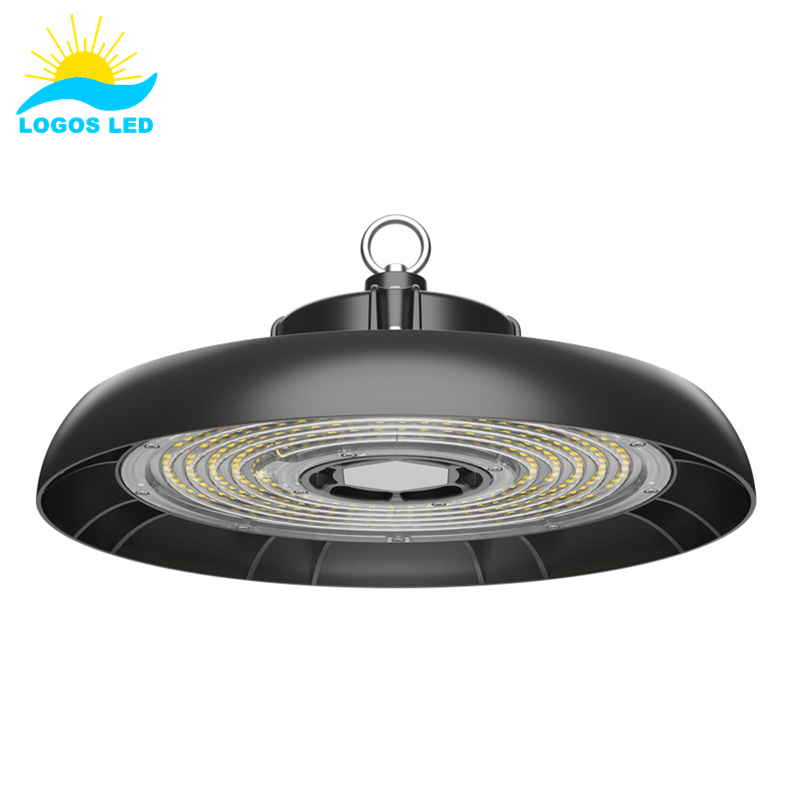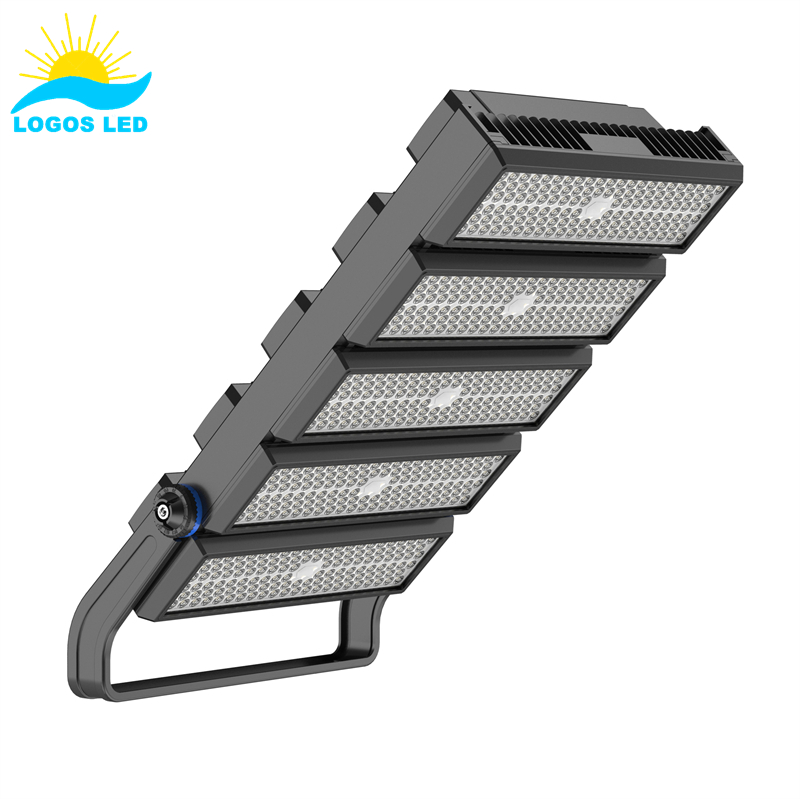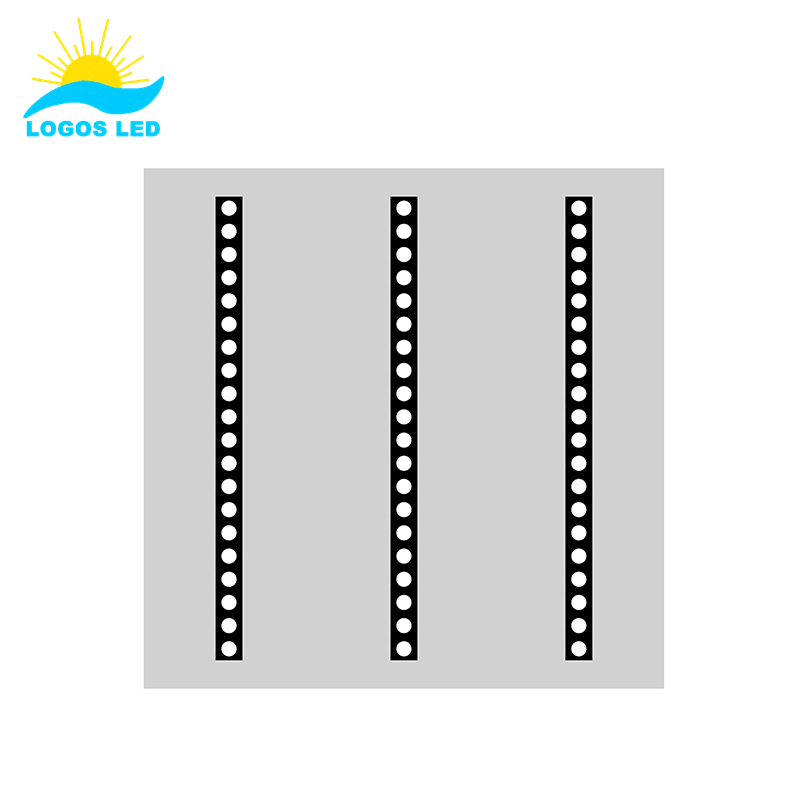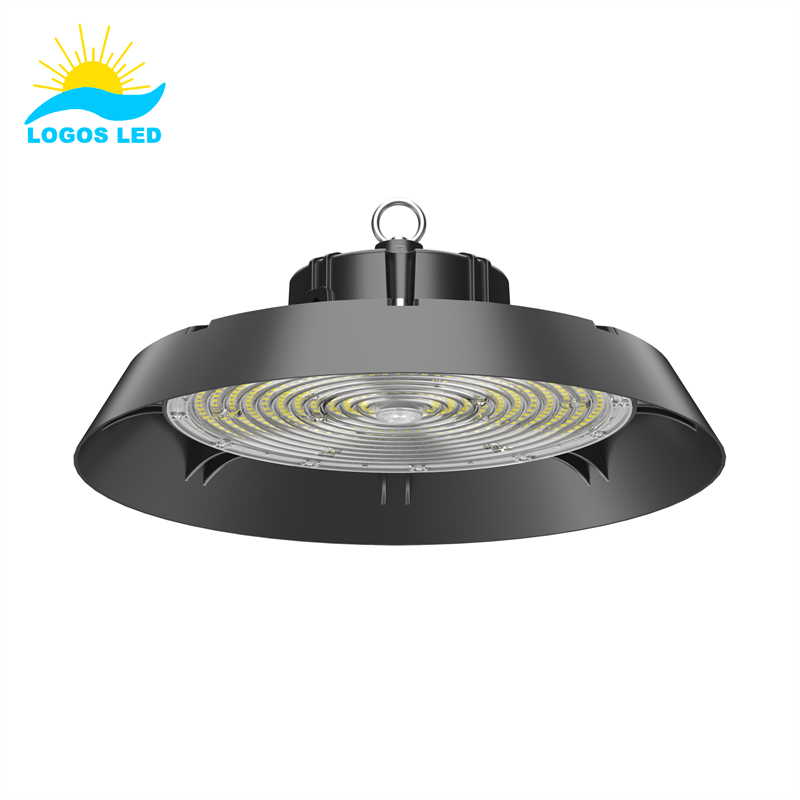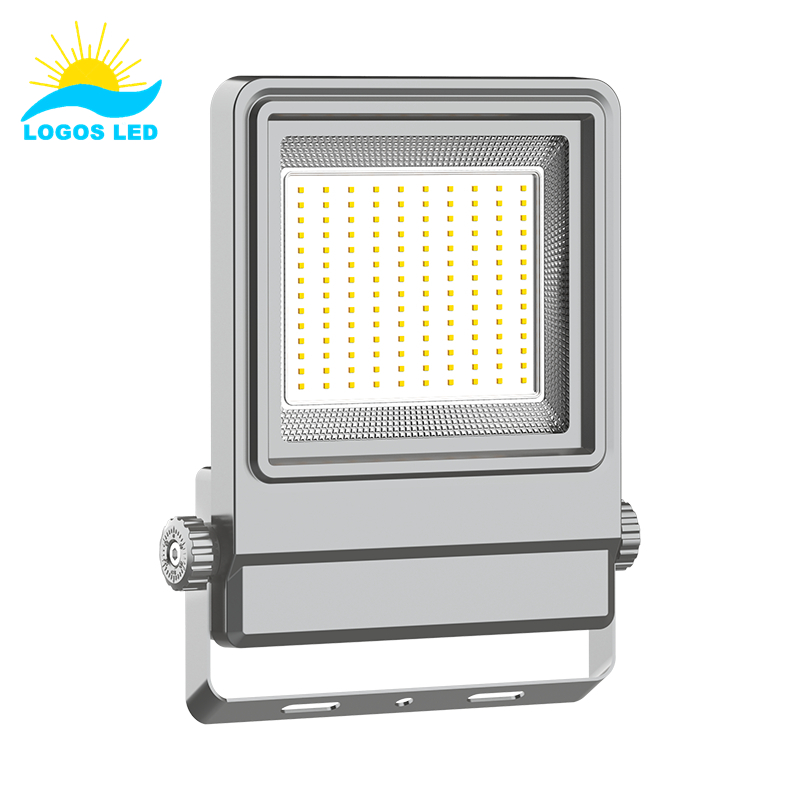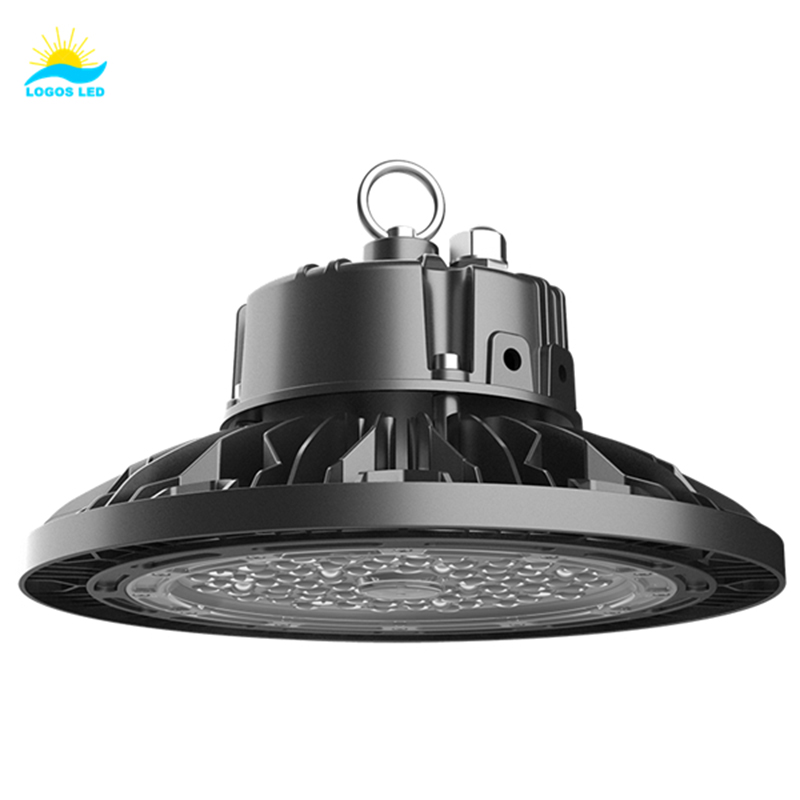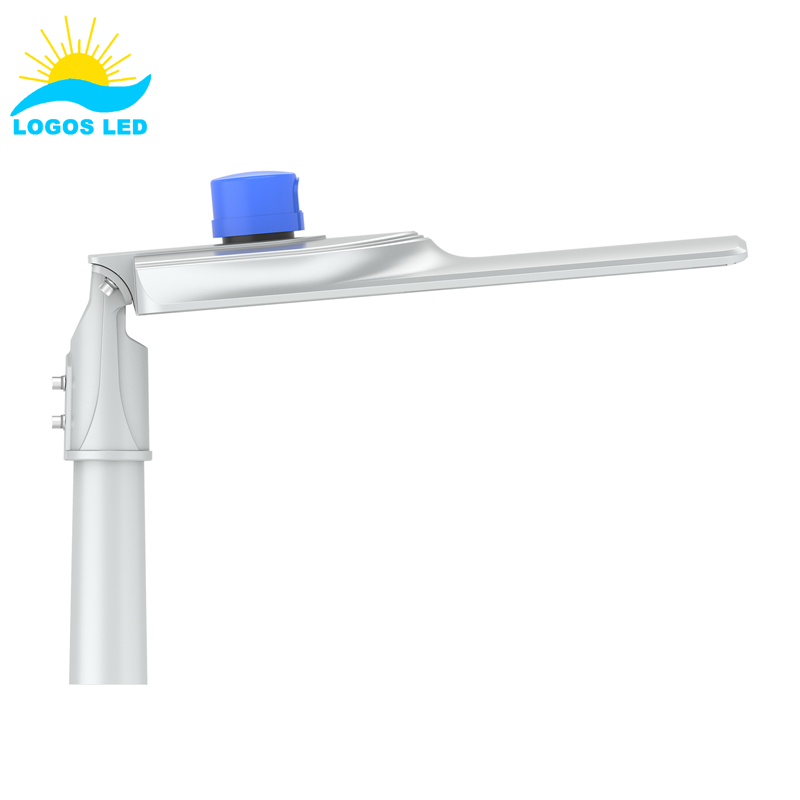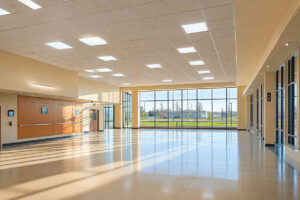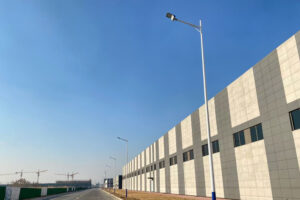Choosing the wrong luminaire causes wasted energy, poor lighting effects, and unhappy customers. It all starts with knowing the difference between directional and non-directional fixtures.
Directional luminaires, such as spotlights or track lighting, concentrate light in a single direction, offering focused and intense illumination ideal for tasks or accentuating architectural features. These are perfect for areas where precision is required, like art galleries or retail displays. Non-directional luminaires, such as panel lights or globe fixtures, diffuse light evenly in all directions. They provide general illumination suitable for wide spaces like offices, meeting rooms, or residential areas. Each serves different lighting needs in commercial, industrial, or architectural spaces. Knowing which to use—and where—can save costs, improve lighting performance, and ensure satisfaction for your clients.
Let’s dive in and clear the fog around this lighting decision.
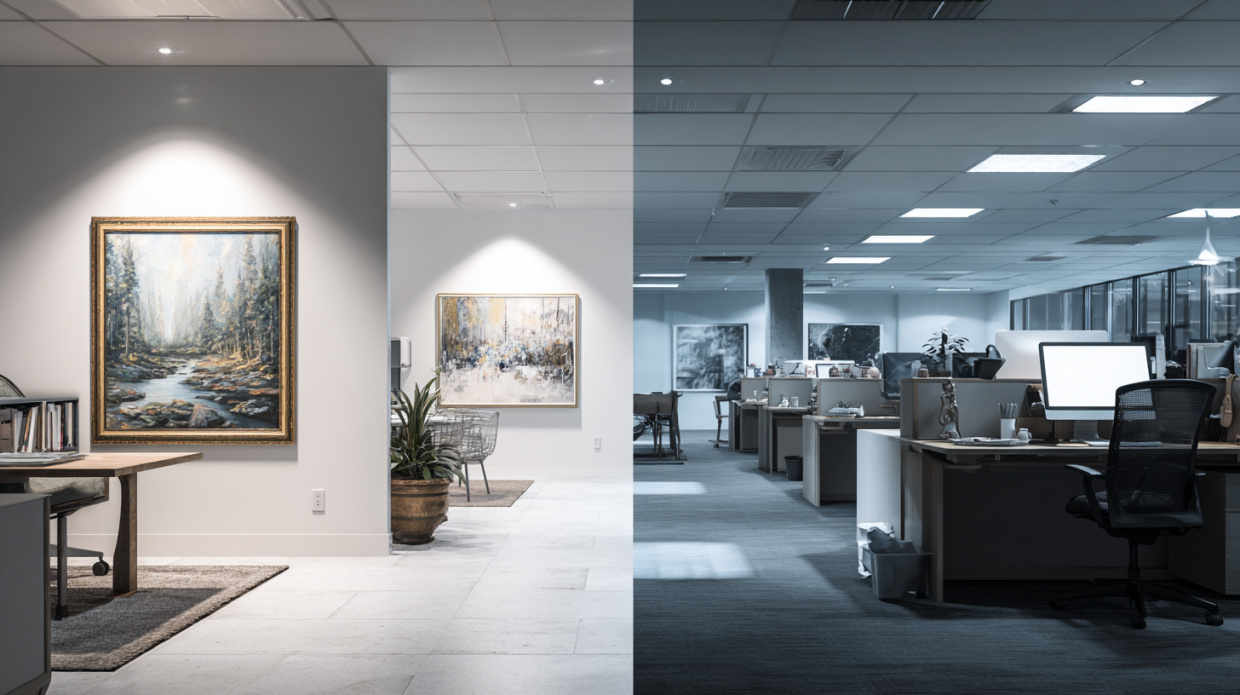
Table of Contents
What is a directional luminaire?
A directional luminaire is designed to send light in one specific direction, instead of spreading it out in all angles. Imagine it like a focused flashlight—it puts all the light energy toward one target area. This is done using built-in components like reflectors, lenses, or even narrow beam angle LED arrays that help shape and steer the light where you need it most.
These fixtures are great when you need lighting precision. You’ll find directional luminaires in places like warehouses, factories, museums, sports fields, and outdoor signs. Common examples include LED floodlights that shine across parking lots, high bay lights that focus light straight down onto warehouse floors, or track lighting used in retail to highlight products.
For instance, in a distribution center, a 150W LED high bay light with a 90° beam angle can focus strong illumination right onto the work areas, avoiding wasted light up in the rafters. Or in an art gallery, a 30W LED spotlight can aim directly at a painting, creating dramatic contrast without over-lighting the whole room.
Directional luminaires help improve efficiency, cut down on energy waste, and provide a better visual experience in environments where targeted lighting makes all the difference.
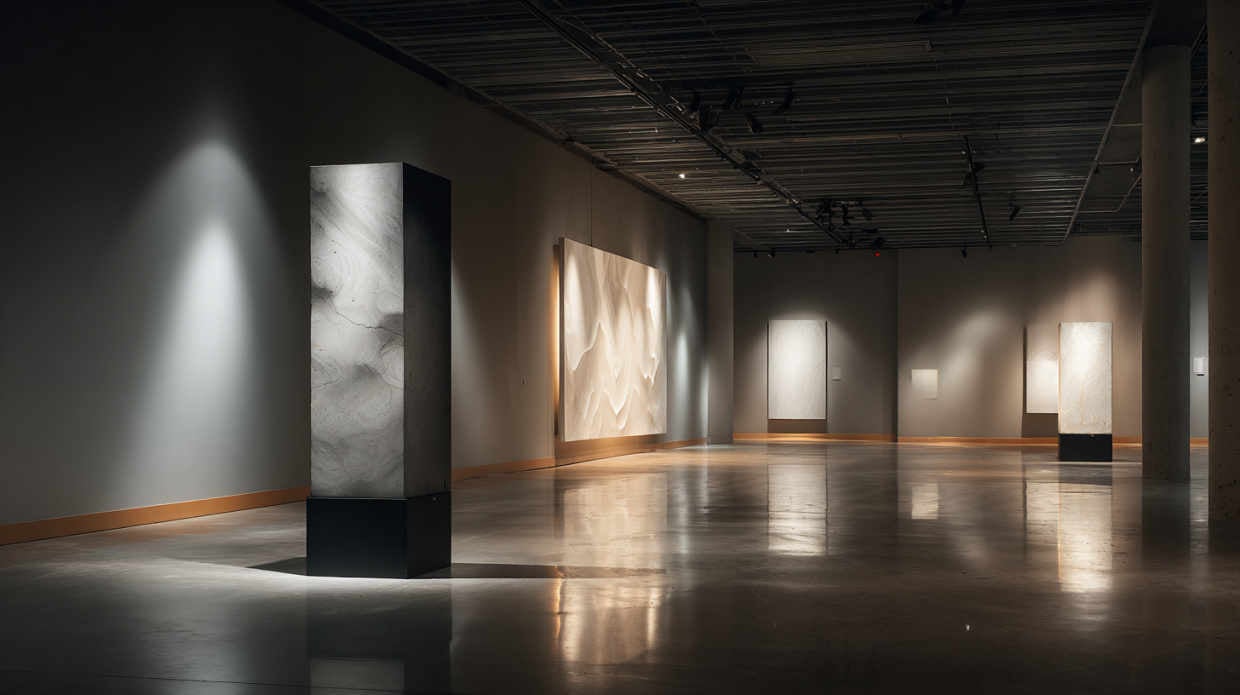
What is a non-directional luminaire?
A non-directional luminaire spreads light evenly in all directions. Unlike directional fixtures that aim light toward one spot, these give off a soft, uniform glow that fills the entire space. Think of the old-style incandescent bulb or a frosted LED globe—they don’t aim the light, they just radiate it outward.
You’ll see non-directional lighting used in places where overall brightness and comfort matter more than focus. Good examples include LED panel lights used in office ceilings, LED bulkhead lights for stairwells or hallways, and globe lamps in decorative ceiling fixtures. They’re ideal for bedrooms, living areas, lobbies, and other spaces where soft, balanced illumination helps create a welcoming environment.
For instance, a 600×600 LED panel light mounted flush into a drop ceiling will spread an even blanket of light across the room. Or a bulkhead LED light on a hallway wall will throw out soft light in all directions, ensuring there are no dark corners or harsh shadows.
These types of luminaires are perfect for general lighting where coverage, comfort, and ambient light are the priorities—not sharp focus or high intensity.
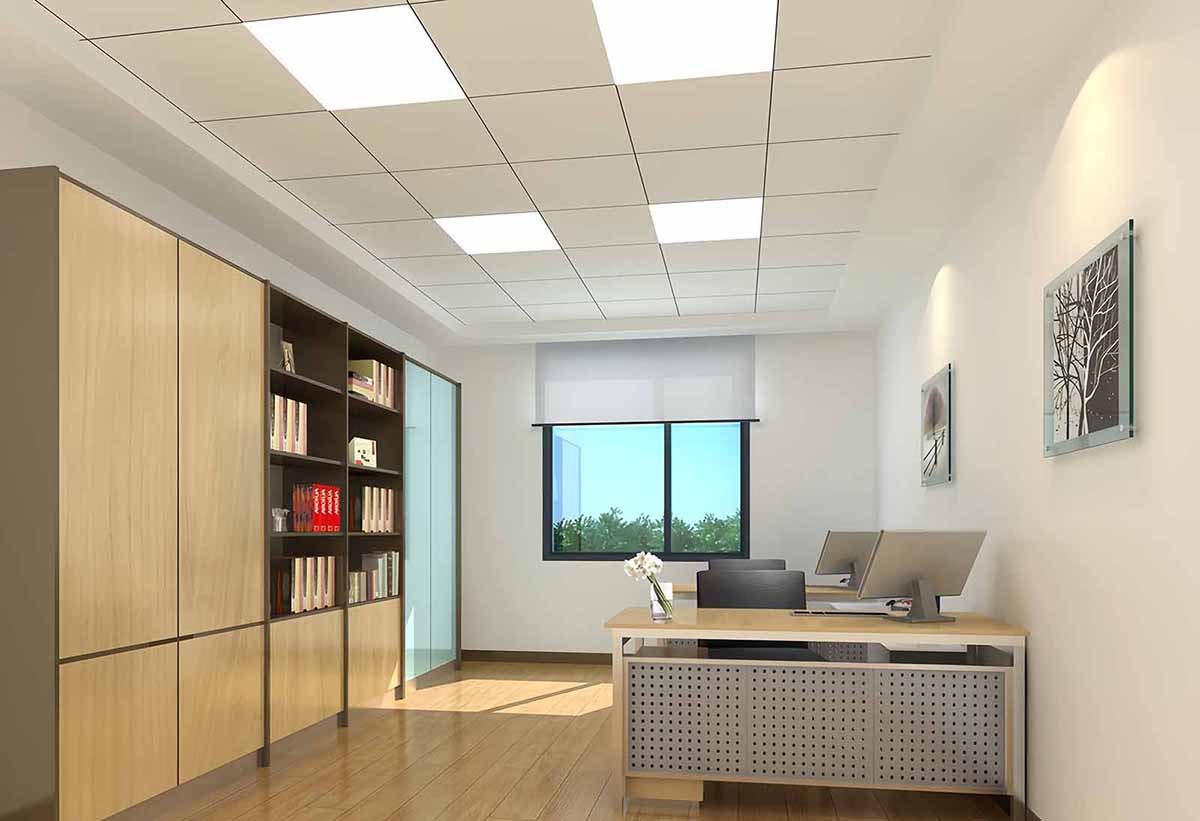
Applications of directional and non directional luminaires
Let’s break it down in real-world terms.
Directional luminaires are perfect when you need focused, high-intensity light aimed at a specific target. These lights help minimize wasted energy and improve visibility where it counts. You’ll see them used in:
- Warehouses, where LED high bay lights direct light straight down to the work floor
- Building facades, where LED floodlights highlight architecture or signage
- Sports courts and stadiums, where high mast lights aim beams precisely over the playing field
- Art galleries and museums, where track lights highlight artwork without flooding the room
- Task lighting in offices, where adjustable desk lamps focus light on the work area
In all these cases, the goal is simple: put light where it’s needed and avoid spill or glare.
Non-directional luminaires work best in spaces that need soft, even illumination. These fixtures don’t aim light—they spread it across the area. Common applications include:
- Living rooms and bedrooms, where a cozy and balanced light sets the mood
- General office areas, using LED panel lights for uniform brightness
- Hotel lobbies, where comfort and ambiance are key
- Bathrooms, where soft lighting avoids harsh shadows
- Hallways and staircases, using bulkhead lights to create consistent visibility
- Parking garages, where general illumination reduces dark zones and improves safety
In these spaces, the goal is a comfortable visual experience with broad, diffused lighting.
In retail and commercial spaces, it’s common to combine both types. For example, directional lights highlight product displays, while non-directional lights maintain ambient lighting for the entire shop. The right mix helps customers feel good and see clearly—boosting both mood and sales.
If you choose the wrong type? You might end up with glare, shadows, or wasted energy. But use them wisely, and your space will look and feel just right.
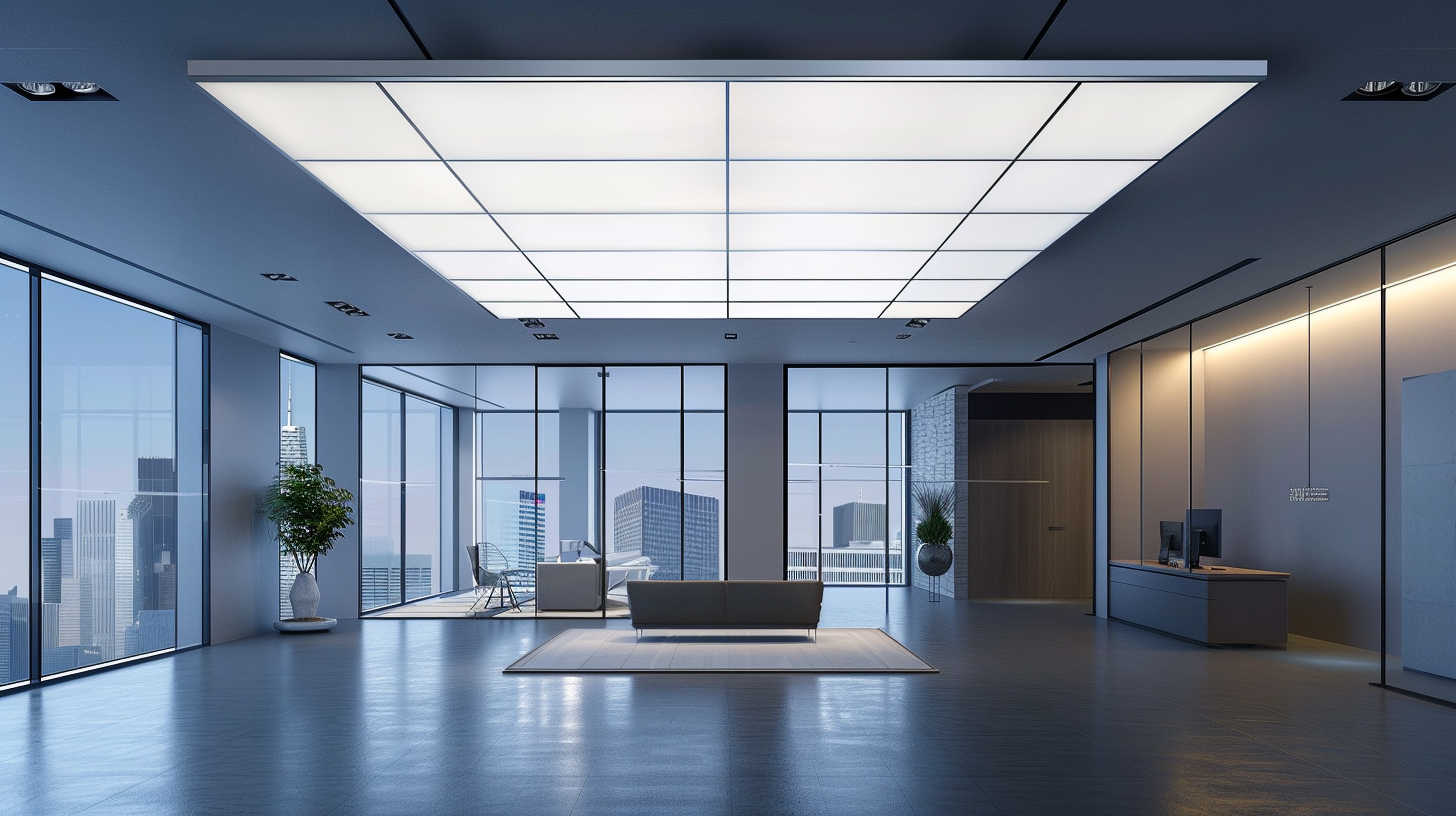
Conclusion
Directional and non-directional luminaires are tools. Use the right one for the job. Directional lights bring precision and intensity. Non-directional ones bring balance and coverage. Choosing wisely can make or break your lighting project.
Still unsure which type you need for your next job? Just feel free to contact us directly. We’ll help you nail the perfect lighting solution.
Request A Free Quote Now!
Send us a message if you have any questions or request a quote. We will get back to you ASAP!



